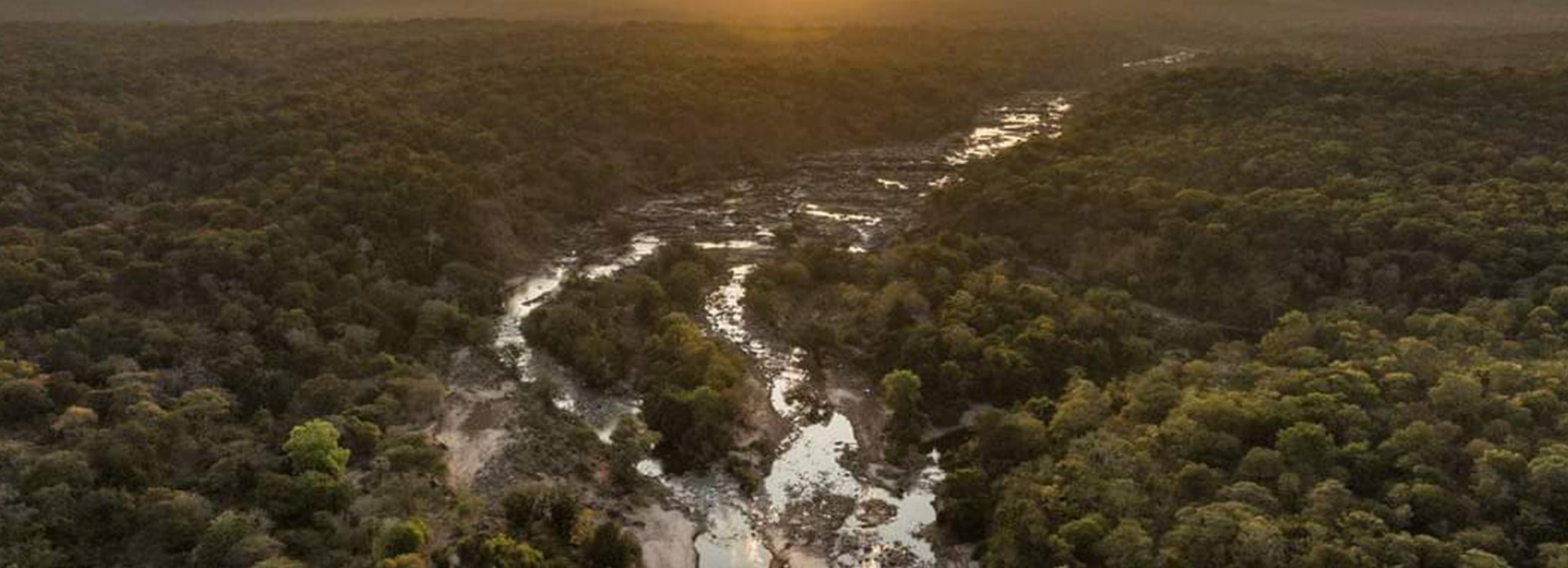
Nkhotakota Wildlife Reserve is the oldest and largest wildlife reserve in Malawi, as well as one of its wildest and most unspoilt covering an area of 1,800km2. It is a place of remarkable contrasts, from rolling hills to treacherous cliffs, gently lapping pools of the Bua River to spectacular rapids, and peaceful woodland glades to thick forest. Miombo woodland is interspersed with grassland and cut through by several rivers, while Chipata Mountain provides an evergreen forest, a place to hike and a scenic backdrop.
In 2016, 2017 and 2022, the reserve saw the reintroduction of wildlife making game viewing excellent, from herds of elephant to buffalo, eland, impala, kudu, waterbuck, warthog, sable, zebra, and hartebeest.
Located approximately three hours from Lilongwe, in the east central of Malawi. It is about 10km off the M5 which follows the shores of Lake Malawi. It borders with Kasungu, Mzimba and Ntchisi Districts. The reserve extends from the edge of the escarpment above the Great Rift Valley at 1,638m (5374 ft) down to the narrow plain beside Lake Malawi at 500 to 600m (1640 to 1970 ft). The terrain is rugged and wild, with the rough slopes and ridges being much disserted by rivers and gorges. The land slopes from west to east, and is carved by three major rivers leading to Lake Malawi.
Managed by African Parks in collaboration with Malawi’s Department of National Parks and Wildlife since 2015. Between July 2016 and August 2017, African Parks successfully relocated a total of 520 elephants and 2000 animals including sable, waterbuck, kudu and impala, from Liwonde National Park and Majete Wildlife Reserve to Nkhotakota Wildlife Reserves. This was one of the largest relocations of elephants ever recorded in the history of the world. The elephant’ return to the reserve has established it as an important ecotourism attraction.
Accommodation
Nkhotakota Wildlife Reserve offers a range of lodging options, catering to different budgets and preferences from luxurious to basic, offering unique experiences to witness stunning wildlife and breathtaking scenery, making it a once-in-a-lifetime experience.
Tongole Wilderness Lodge
Explore the African wilderness with a fantastic range of exciting safari experiences.
A luxurious lodge, located in the heart of Nkhotakota, provides a truly exceptional wilderness experience with breathtaking views over the beautiful Bua River.
Tongole provides a truly exceptional experience in this pristine region.
Indulge in a luxurious, open-plan suites that offer the perfect retreat in which to relax after an exciting day of exploration. The dining experience at Tongole is often rated as ‘the best in the country’!
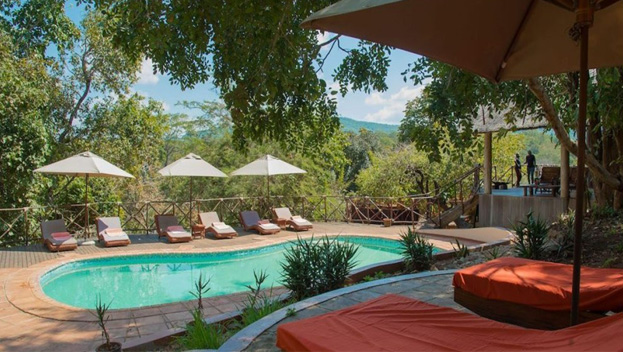
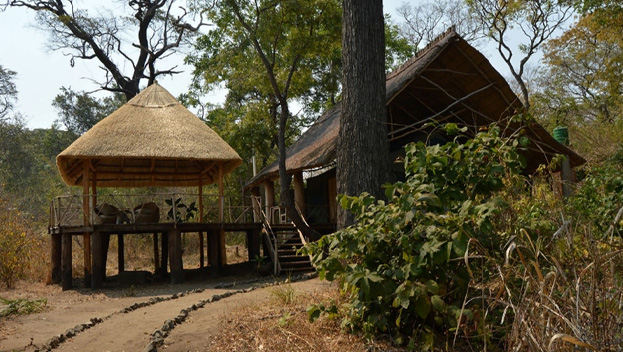
Bua River Lodge
Nestled within the vast Nkhotakota Wildlife Reserves, Malawi’s oldest and largest wildlife Reserves, a protected area managed by African Parks.
Surrounded by miombo woodland on the edge of the Bua River, you will find complete escapism and immersion into the African wilderness.
As the seasonal river ebbs and flows, crocodiles bask in the sun, fish Eagles soar majestically overhead and elephants roam free.
Livezi Bush Camp
Tucked away inside Nkhotakota, Livezi Bush Camp offers a perfect escape close to nature with optimal tranquility and stunning views of the miombo woodland.
Livezi Bush Camp, run by the reserve, lies on the quiet and cool banks of the Livezi River. It is surrounded by the miombo woodlands that are a feature of Nkhotakota and the sound of the Bua River is a constant soothing backdrop. Four tents of canvas and stone and a thatched central area overlook the river.
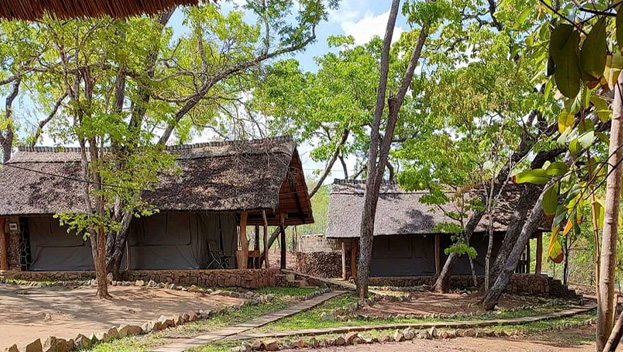
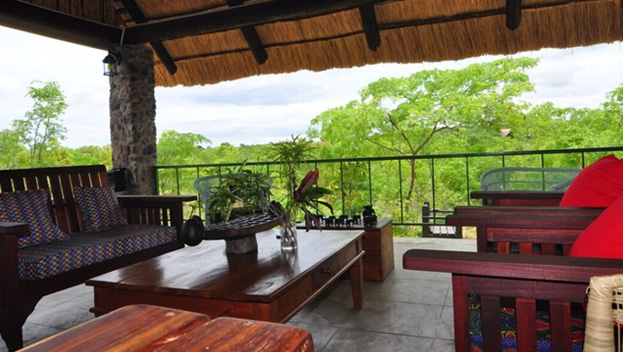
Rafik Safari Lodge
Set adjacent to the Nkhotakota Wildlife Reserve, Rafiki Safari Camp is a Malawi Safari Lodge from which to have an authentic wilderness experience.
Nkhotakota Wildlife Reserve in Malawi is something of a birding mecca and this newly revitalized game park is now stocked with some of Africa’s favorite large species of game, making your wilderness safari holiday complete.
Things To Do
Nkhotakota Wildlife Reserve offers a variety of activities visitors can engage in while in the reserve. The activities include game drives, nature walks, bird watching, water-based activities and visiting to the local villages and participating in traditional activities, providing a well-rounded and immersive experiences for tourists.
Game Drives
A popular way to see animals such as elephants, antelopes, and hippos in their natural habitat. Additionally, the reserve is known for its successful elephant translocation project, providing a unique opportunity to witness conservation efforts in action.

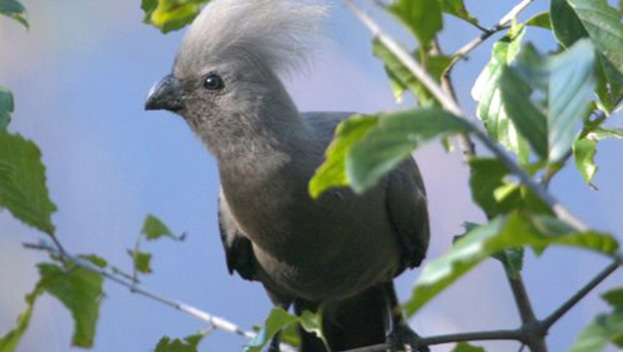
Bird Watching
Birding is also a popular activity in Nkhotakota Wildlife Reserve, with over 280 bird species to spot. The diverse ecosystem of the reserve makes it a prime location for bird watchers to observe a wide variety of avian species in their natural environment.
Nature Walks
Nature walks provides a great way to explore the reserve and immerse yourself in the sights and sounds of the wilderness. Whether you're interested in bird watching, game drives, or simply enjoying a peaceful walk-in nature, Nkhotakota Wildlife Reserve has something to offer for every nature lover.
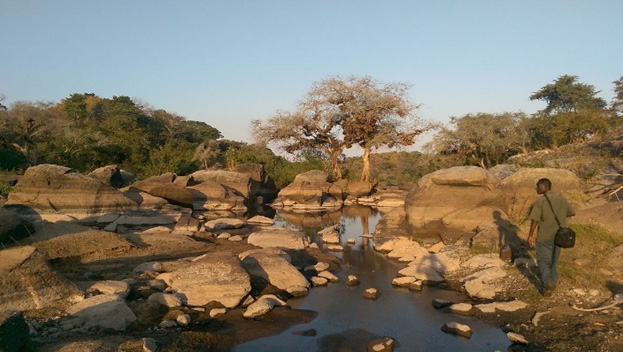
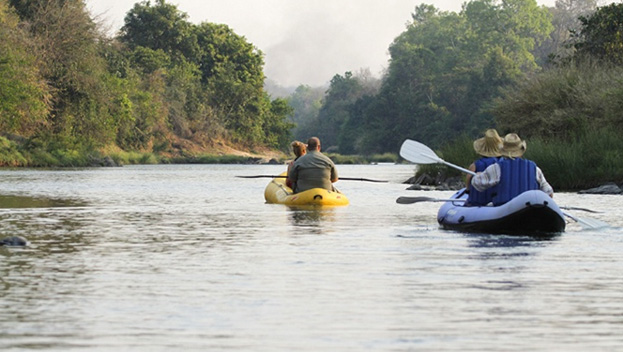
Water Activities
Canoeing on the Bua River is one of the water sports activities also available in the reserve. The activity offers a unique opportunity for visitors to experience the beauty of the reserve. Led by knowledgeable and experienced guide, enhance your understanding and appreciation of the diverse wildlife found within the reserve.
Community Engagement
Community engagement programs are also available, allowing visitors to interact with local communities and learn about their culture and traditions.
This helps guests to appreciate and enjoy the culture of the people surrounding the reserve in the process contribute to the sustainable development of the surrounding communities.
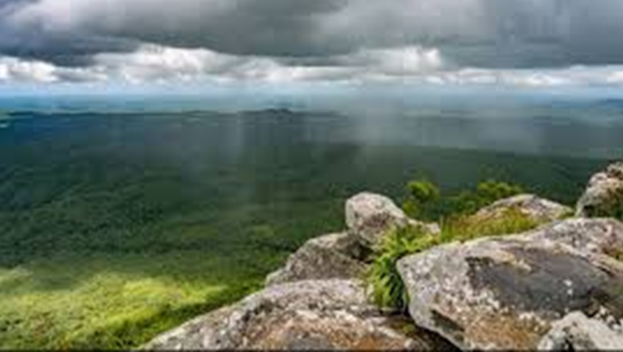
When To Visit
Nkhotakota Wildlife Reserve is an all-year-round destination. However, the best time to visit the reserve is during the dry season, from April to October, when is easier to spot and the weather is more pleasant.
While the reserve is warm year-round, the dry season offers the clearest skies and most favorable conditions for game viewing as animals are drawn to water sources.
Dry Season (April-October)
This is the most popular time to visit, offering the best chances for game viewing. The bush thins out, and animals gather around water sources, making them easier to spot. The cooler temperatures (except for September and October, which can be hot) also make it more comfortable for outdoor activities.
Wet Season (November-March):
While the reserve is beautiful during the wet season, with lush vegetation and abundant birdlife, it can be more challenging for game viewing as the bush is thicker, and animals are dispersed. Roads can also become difficult to navigate due to rain and mud.
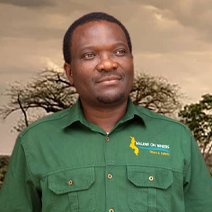
Your journey starts here
We design holidays rooted in local knowledge. Please feel free to contact us for expert advice and a personalized itinerary tailored specifically for you.
